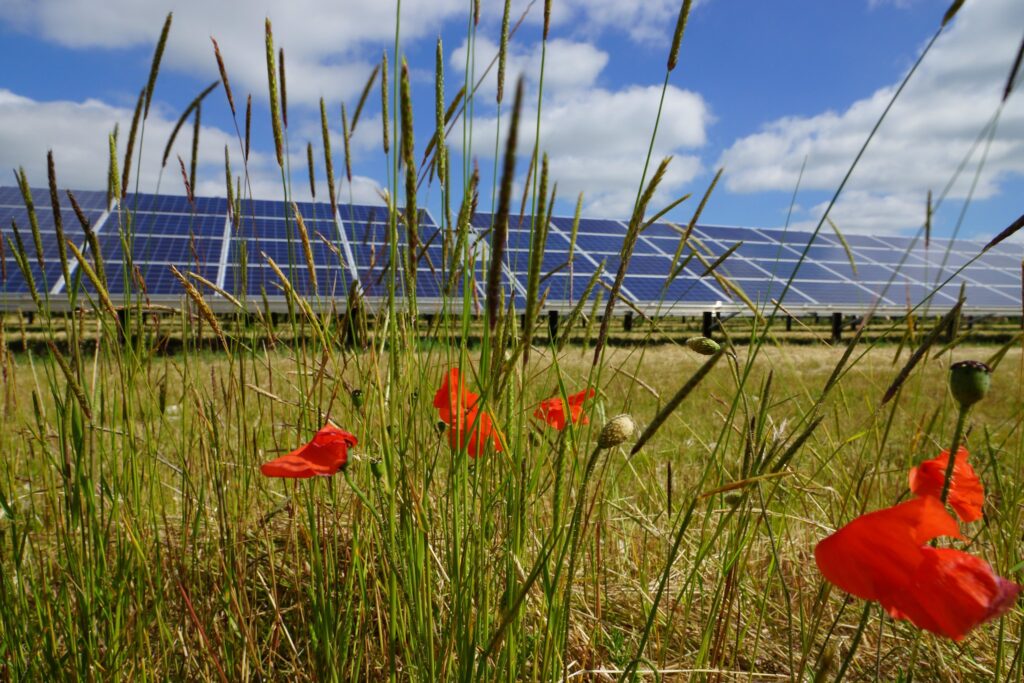
Two important environmental challenges are finding some literal common ground: the need to reduce carbon emissions and the fight to stave off global biodiversity collapse. Both issues can be addressed at solar farms.
Solar energy is an important weapon in the battle against climate change. But utility-scale solar farms take up large amounts of land. Large-scale solar farms already take up nearly a thousand square miles of land in the US and will take up much more in the coming decades.
In the meantime, the biodiversity collapse is being driven in large part by habitat loss.
Given all this, solar farm operators, biologists, and environmentalists are teaming up to grow pollinator-friendly plants in and around solar farms. The plantings attract insects, birds and even mammals. The more plant diversity in the solar farms, the more environmental benefits can be achieved.
There are costs associated with creating pollinator-friendly solar farms. Ideally, solar panels need to be installed at greater height than otherwise in order to permit growing many of the plants that attract bees and butterflies. But there are economic benefits associated with attracting and sustaining pollinators. On a cautionary note, there have already been cases of greenwashing, where solar operators claim environmental benefits far in excess of the scope of the actual efforts they have made.
There are both governmental and non-governmental agencies seeking to assess and certify pollinator-friendly solar farms. There is considerable variability in the ecological value of existing farms. Pollinator-friendly solar farms are in their early days, but they have a lot to offer as a win-win strategy for the environment.
**********
Web Links
Solar Farms Have a Superpower Beyond Clean Energy
Photo, posted December 4, 2014, courtesy of Juwi Renewable Energies Limited via Flickr.
Earth Wise is a production of WAMC Northeast Public Radio
Leave a Reply